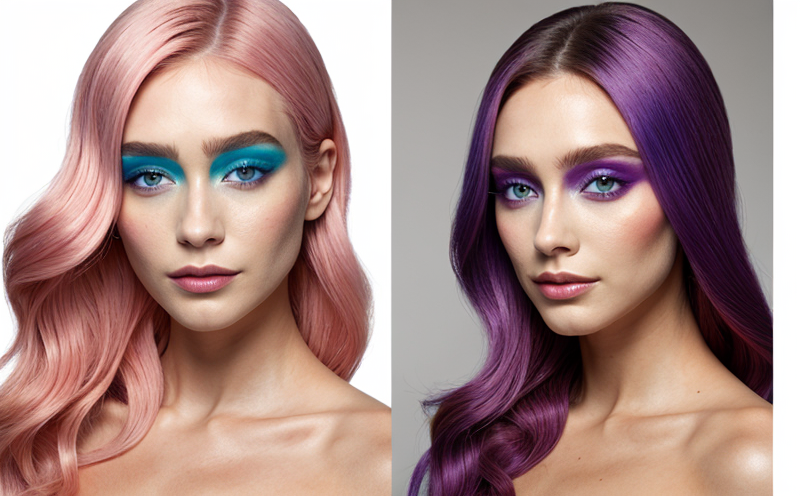Natural Pigment Safety Testing in Cosmetics
The safety evaluation of natural pigments used in cosmetics is a critical aspect of ensuring product quality and regulatory compliance. Natural pigments, sourced from plants, minerals, or insects, are widely favored due to their perceived "natural" attributes and health benefits. However, the use of these ingredients demands rigorous testing to ensure that they do not pose any risks to consumers.
The primary goal of natural pigment safety testing is to identify potential allergens, toxins, and other harmful compounds that could cause adverse reactions or long-term health issues. This evaluation involves a series of tests designed to assess the physical, chemical, and biological properties of these pigments, as well as their compatibility with cosmetic formulations.
Testing natural pigments for safety is particularly important because they can vary in composition due to factors such as geographical origin, processing methods, and environmental conditions. This variability necessitates a comprehensive approach that includes both qualitative and quantitative assessments. The tests are designed not only to detect known hazards but also to uncover potential risks that may arise from the unique characteristics of natural ingredients.
For quality managers and compliance officers, ensuring the safety of natural pigments is crucial for maintaining brand reputation and consumer trust. Regulatory bodies such as the European Union's Cosmetic Regulation (EC 1223/2009) and the FDA in the United States have stringent requirements regarding the use of natural ingredients in cosmetics. These regulations mandate that all cosmetic products undergo safety assessments, including those containing natural pigments.
R&D engineers play a vital role in developing new formulations that incorporate these ingredients safely into the product. By understanding the potential risks and benefits associated with each pigment, they can design more effective and safe cosmetic products. Procurement officers must also be aware of the safety implications when sourcing raw materials to ensure that suppliers meet international standards for quality and safety.
- Why Choose This Test: The test ensures compliance with global regulations on natural ingredients in cosmetics, minimizes the risk of product recalls, and enhances brand reputation through transparency.
- International Acceptance and Recognition: Results from this testing are widely accepted by regulatory bodies worldwide, including the European Union, United States, and Asia-Pacific regions. Compliance with these standards is essential for global market access.





